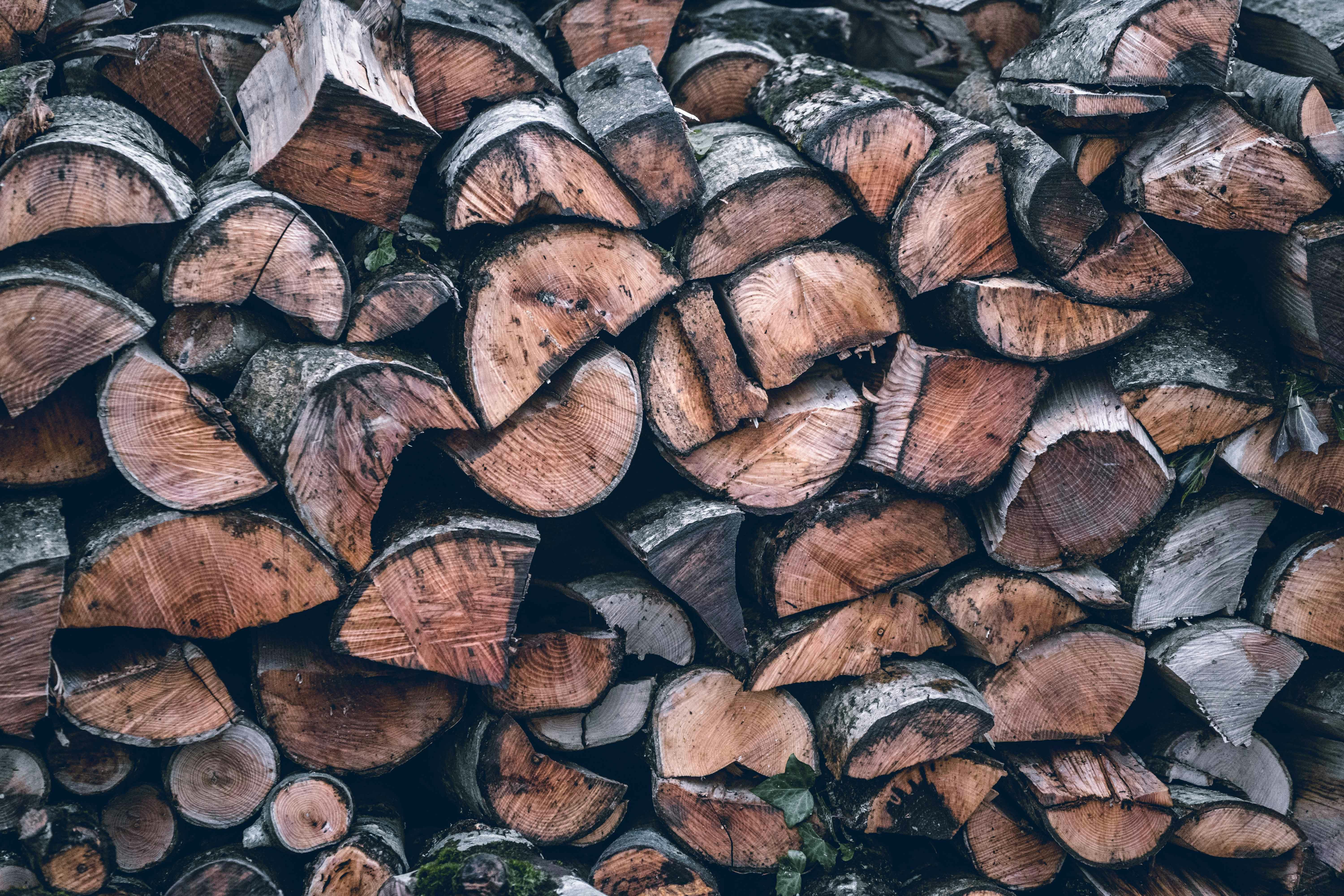As a homeowner, you might be surprised to learn that you don't always have the final say about what happens to the trees on your property. Tree Preservation Orders (TPOs) are legal protections that can significantly impact your ability to manage or remove trees, even on your own land.
What Exactly is a Tree Preservation Order?
A Tree Preservation Order is made by a local planning authority to protect specific trees, groups of trees, or woodlands in the interests of amenity. Once a TPO is in place, it becomes an offence to cut down, top, lop, uproot, wilfully damage, or wilfully destroy a tree without the local planning authority's written consent.
TPOs can apply to any type of tree, but they're most commonly used to protect trees that have significant public visual amenity value. This could be because of their size, form, future potential, or because they're a rare species.
Why Are TPOs Created?
Local authorities create TPOs for several important reasons:
- Visual Amenity: Trees that contribute significantly to the appearance of an area
- Historical Significance: Trees with connections to local history or heritage
- Ecological Value: Trees that provide important habitats for wildlife
- Environmental Benefits: Trees that contribute to air quality, noise reduction, or flood prevention
- Landmark Status: Trees that are local landmarks or have particular aesthetic value
How to Check if Your Tree Has a TPO
Before undertaking any tree work, it's crucial to check whether any trees on your property are protected. Here's how:
- Contact Your Local Planning Authority: They maintain a register of all TPOs in their area
- Check Online: Many councils now have online maps showing TPO locations
- Look for Notices: When a TPO is made, the council must serve notice on affected landowners
- Consult a Professional: Arborists like our team at ArbCare can help you determine TPO status
"I've seen too many homeowners face substantial fines for working on protected trees without permission. Always check first - it could save you thousands of pounds and legal headaches." - John Arbinson, Founder of ArbCare
What Happens if You Breach a TPO?
Working on a protected tree without permission is a serious offence that can lead to:
- Substantial Fines: Currently up to £20,000 per tree in a magistrates' court
- Unlimited Fines: In crown court cases for more serious offences
- Replacement Planting: You may be required to replace any trees removed
- Criminal Record: For individuals found guilty of offences
Applying for TPO Consent
If you need to carry out work on a protected tree, you'll need to apply to your local planning authority for consent. The application should include:
- Detailed information about the tree(s) and proposed work
- Reasons for the proposed work
- A plan identifying the tree(s)
- Supporting documentation, such as an arborist's report
Valid reasons for tree work might include:
- The tree is dead, dying, or dangerous
- It's causing structural damage to buildings
- It's obstructing light or views (though this is rarely sufficient alone)
- It's diseased and posing a risk to other trees
Conservation Areas
It's also important to note that if you live in a conservation area, all trees with a stem diameter of more than 75mm (measured at 1.5m above ground) are automatically protected. You must give the local planning authority six weeks' notice before carrying out any work on these trees.
Working with Professionals
At ArbCare, we have extensive experience working with TPOs and conservation area regulations. Our certified arborists can:
- Help you determine if your trees are protected
- Prepare and submit TPO applications on your behalf
- Provide professional reports supporting your application
- Carry out approved work to the highest standards
- Advise on tree management that balances your needs with preservation requirements
Remember, tree preservation exists to protect our valuable natural heritage for future generations. While it can sometimes feel restrictive, these protections ensure that significant trees continue to benefit our communities and environment.
Need Help with a Protected Tree?
Our team of certified arborists can help you navigate TPO regulations and get the necessary permissions for your tree work.
Contact Us Today
